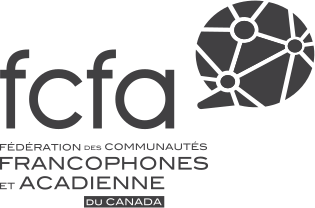British Columbia
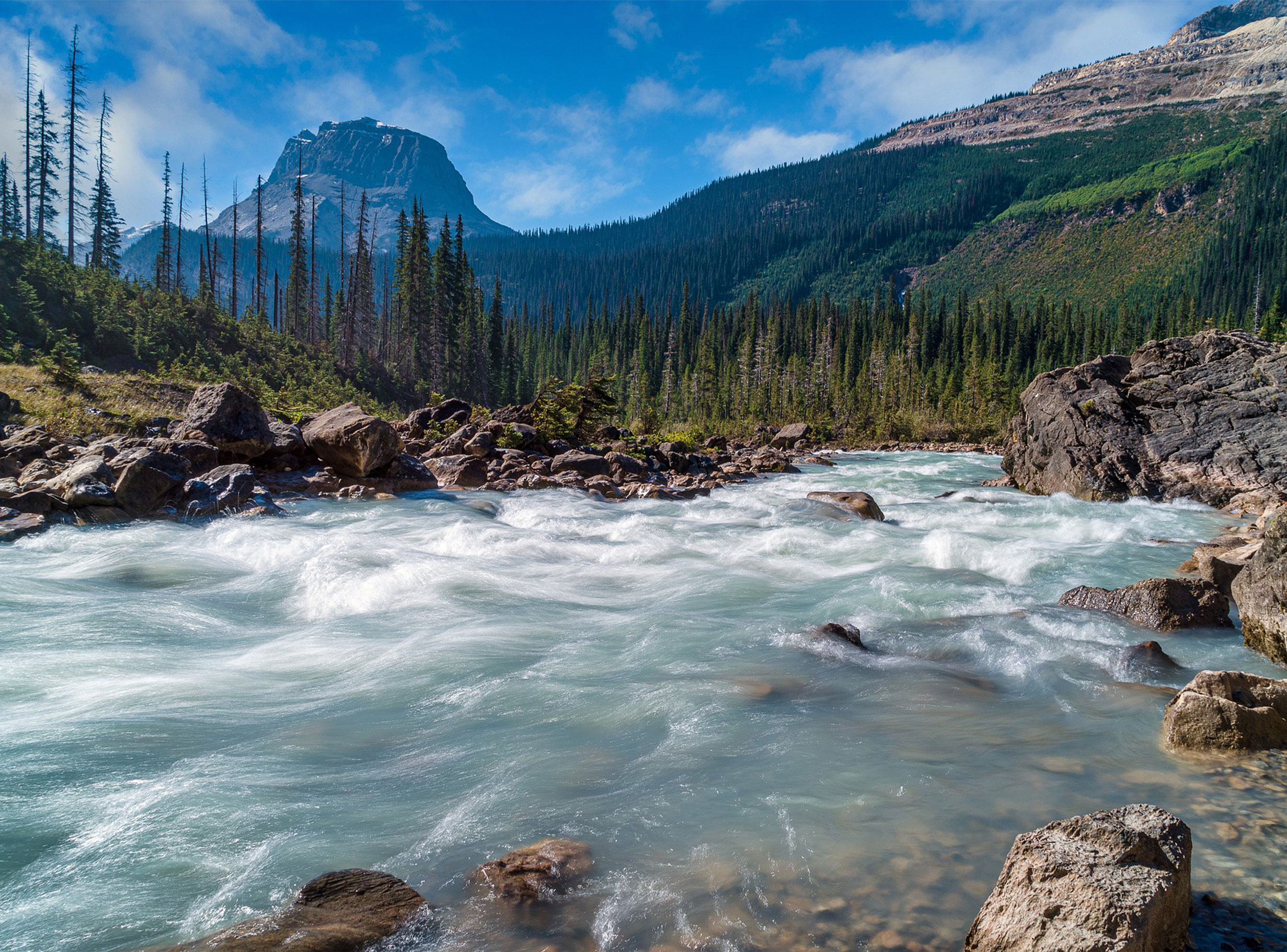
British Columbia (B.C.), referred to as Canada’s Pacific Gateway, is the country’s third most populous province. The population – some 4.6 million people – is increasingly multicultural; its beautiful landscape and temperate climate attracting newcomers from all over the world. Greater Vancouver has a large Francophone population, while many Francophones also reside in the capital, Victoria, and elsewhere on Vancouver Island; in the Okanagan Valley; and in North and Northwest B.C. (Prince George, Prince Rupert, Kitimat). Overall, French is the mother tongue of more than 70,000 people in the province.
316735
Knowledge of French
73325
French as first official language
Source: Statistics Canada, 2016 Census
 Life in French
Life in French
Education

The Conseil scolaire francophone de la Colombie-Britannique (CSF) public school board provides French-language education through a network of 37 schools, including 10 in Greater Vancouver and surrounding areas, five on Vancouver Island, two in the North (Prince George and Terrace) and three in the Okanagan Valley.
At the early childhood level, the Fédération des parents francophones de Colombie-Britannique (FPFCB) lists some 50 daycare and preschool services in French in the province, including more than 30 in Greater Vancouver.
At the post-secondary level, Vancouver’s Collège Éducacentre offers certain college, continuing education and distance education programs in French. Simon Fraser University in Burnaby, although mainly English-speaking, offers a few programs in French in the Faculty of Arts and Social Sciences and the Faculty of Education.
Health
RésoSanté Colombie-Britannique is the organization responsible for developing access to health services in the province. It maintains a directory of health-care professionals who can provide services and care in French.
Economy and employment
The Société de développement économique de la Colombie-Britannique (SDECB) provides services to businesses, assists in job searches, and is active in the tourism sector. There is also a Vancouver Francophone Chamber of Commerce.
- Société de développement économique de la Colombie-Britannique (SDECB)
- Vancouver Francophone Chamber of Commerce
 Immigration
Immigration
Employment

The following are the four most in-demand sectors:
- Health and social care
- Professional services
- Retail trade
- Arts, recreation and accommodation
Settlement services

The BC Francophone Immigration Program offers various services for newcomers, including employment and settlement assistance, and networking and community connections. The program is available in different offices: Vancouver (Maison de la francophonie), New Westminster, Victoria, Fraser Valley and Tri-Cities.
Le Cercle des Canadien Français de Prince George offers a welcome and orientation space, practical tools and resources, twinning activities, and forums and networking events for newcomers to Prince George.
Services TÉFIÉ
To facilitate the adaptation process of Francophone newcomers and help students and their families integrate quickly and sustainably into the school community, the Conseil scolaire francophone de la Colombie-Britannique’s TEFIE services provide a range of services, free of charge, in French.
Collège Éducacentre provides settlement and integration services for Francophone immigrants, as well as English-language learning services through its LINC program.
Welcoming Francophone Community
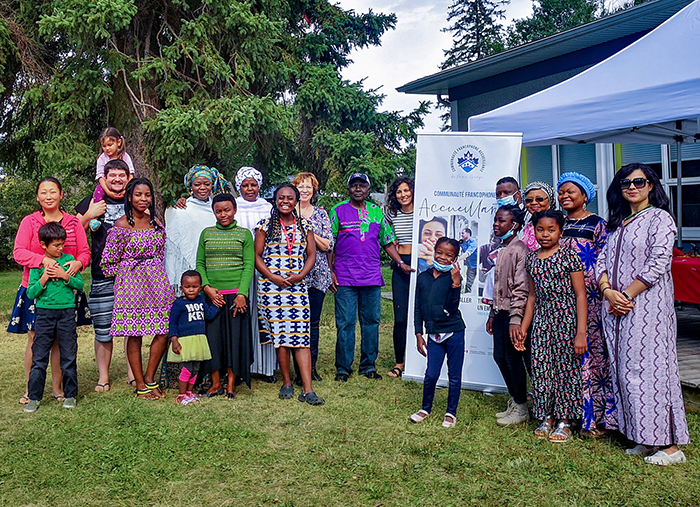
Prince George
With a population of 74,000, Prince George is the largest city in Northern British Columbia, earning it the nickname of the province’s “northern capital”. Located in the interior of British Columbia, in the heart of small forestry and mining communities, this Welcoming Francophone Community dating back more than half a century has the attractions of city life while being close to nature. The community offers services to facilitate settlement, help finding a job, recreational activities and community connections.
Some figures:
5% of the population knows French.
1,2 % of immigrants have French as their first official language spoken.
Source: Statistics Canada, 2016 Census
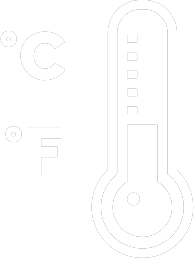 What to expect
What to expect
Climate
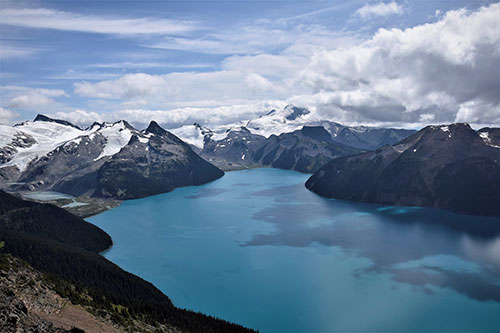
Vancouver
5°C
on average in the winter
18°C
on average in the summer
Prince George
-7°C
average in the winter
17°C
average in the summer
Geography
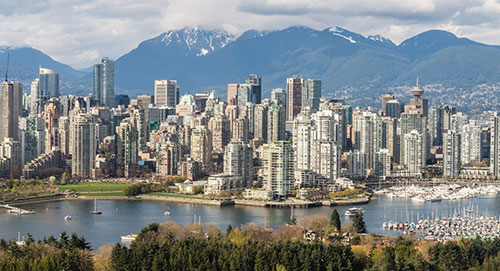
Three-quarters of the province is covered by mountains.
CENTRAL
orchards and vineyards
NORDEAST
plains with grain farming
NORTH
glaciers, provincial parks, old-growth forests
WEST
Pacific coast with the Haida Gwaii islands and Vancouver Island
Access
The province’s main airport is in Vancouver, but there are also major airports in Victoria and Kelowna.
A series of ferries connect Vancouver Island to the rest of the province.
Two highways connect to Alberta and the Yukon. The journey between Vancouver and Calgary takes about 12 hours, while the border with the United States is an hour’s drive from Vancouver.
Read more
Francophonie highlights
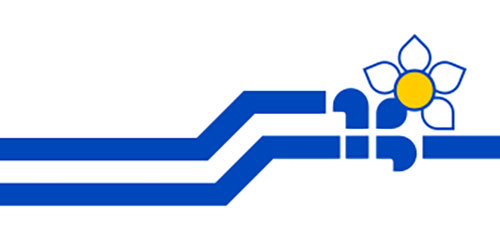
In 1941, the first French-language convention was held in Victoria, leading to the creation of the Fédération des francophones de la Colombie-Britannique.
In 1982, the Franco-Columbian flag was unveiled. It bears the floral emblem of British Columbia ¬ the dogwood ¬ as well as the fleur-de-lis (lily flower), which symbolizes the Francophonie.
In 2009, ahead of the 2010 Olympic and Paralympic Winter Games, the BC Francophone community – as part of their efforts to develop a BC Francophone brand ¬ created the unifying slogan “La Colombie-Britannique, j’en fais partie” (“French, a part of us”).
History
When Alexander Mackenzie, the first European to cross the Rockies, arrived on the Pacific coast in 1793, he was accompanied by six French-Canadian voyageurs. A few years later, more than 20 French-Canadians undertook a series of voyages with fur trader Simon Fraser that would lead to the construction of numerous forts in the region for the North West Company. By 1812, the French-Canadian population had grown to more than 300.


